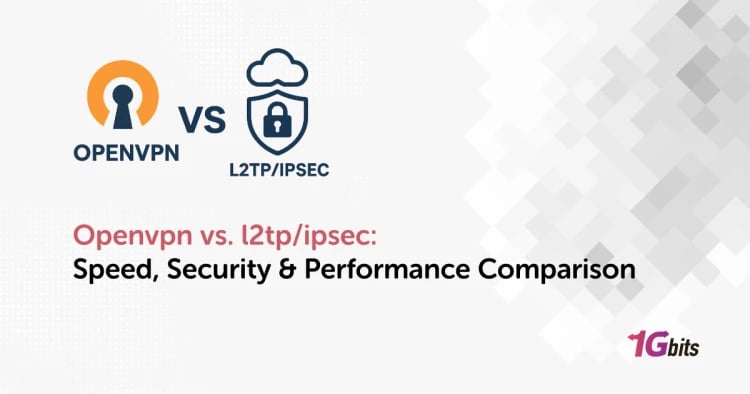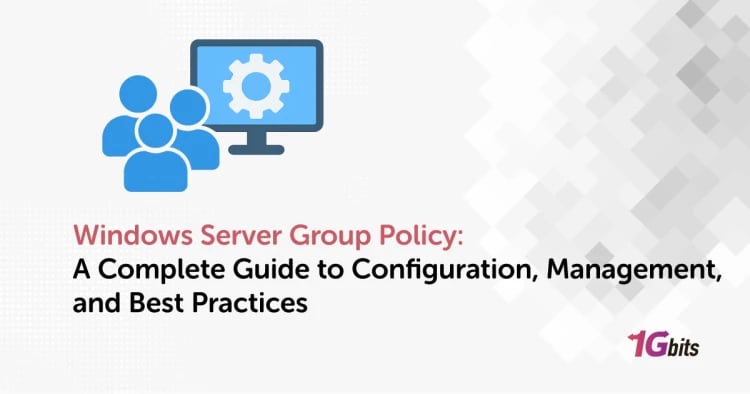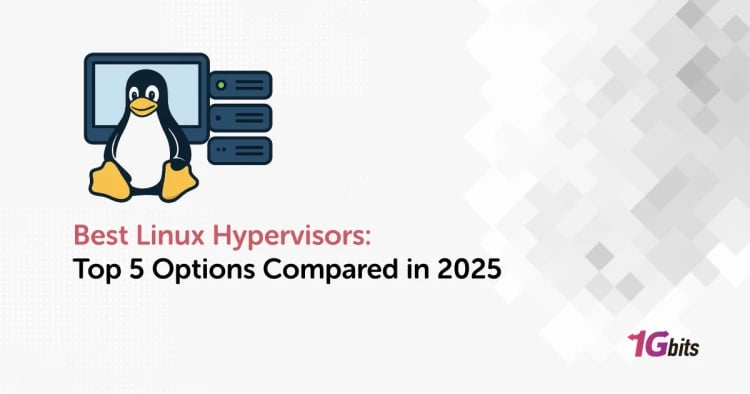If you’ve ever searched for a reliable, enterprise-grade Linux distribution, SUSE Linux likely came up on your radar. But what is SUSE Linux, and how is it different from other Linux distros like Red Hat or Ubuntu?
In this comprehensive guide, we’ll answer exactly that and more. Whether you’re an absolute beginner or just curious about SUSE Linux for personal or enterprise use, this guide will walk you through everything — from SUSE Linux versions to how to download SUSE Linux, perform basic administration tasks, and understand its role in cloud and enterprise environments.
What is SUSE Linux?
SUSE Linux (pronounced soo-zuh) is one of the oldest and most respected Linux distributions in the world. Originally founded in 1992 in Germany, SUSE started as a provider of Unix tools before evolving into a full Linux distribution. SUSE stands for “Software und System-Entwicklung” (Software and System Development).
Today, it offers two main variants:
-
openSUSE Linux – A community-driven, free version.
-
SUSE Linux Enterprise Server (SLES) – A commercial version tailored for enterprise environments.
Let’s break them down.
openSUSE Linux: Free, Open, and Community-Powered
If you’re looking for a robust and stable Linux distro that’s completely free, openSUSE Linux is a great place to start. It comes in two main forms:
|
Version |
Description |
|
openSUSE Leap |
Stable release, built from SUSE Linux Enterprise Server (SLES) source code |
|
openSUSE Tumbleweed |
Rolling release for users who want the latest updates and features |
To get started, you can head over to the official openSUSE Linux download page.
Why Choose openSUSE?
-
Free to use for everyone.
-
Powerful YaST control panel for easy system management.
-
Frequent security and stability updates.
-
Ideal for both desktop users and developers.
📌 Want to try Linux for the first time? Check out our How to Use Linux guide for beginners.
SUSE Linux Enterprise Server (SLES): Built for Business
SUSE Linux Enterprise Server (SLES) is a commercial Linux operating system designed for mission-critical applications in corporate environments.
What is SUSE Linux Enterprise used for?
-
Cloud-native application hosting
-
Enterprise database servers
-
High-performance computing (HPC)
-
Secure, regulated industries (e.g., finance, healthcare)
Some notable SUSE Linux Enterprise Server versions include:
-
SUSE Linux Enterprise Server 15 – Current long-term support (LTS) version
-
SUSE Linux Enterprise Server 12 (SLES 12) – Still used in many enterprises
-
SUSE Linux 11 End of Life – No longer supported after March 31, 2019
Want to try it? Head to the SUSE Linux download page and start with an evaluation copy.
Key Features of SUSE Linux
Whether you're using openSUSE for personal projects or SUSE Linux Enterprise Server (SLES) for corporate infrastructure, SUSE Linux stands out with a unique blend of power, reliability, and usability.
🧩 YaST – Powerful System Configuration Tool
SUSE's secret weapon is YaST (Yet another Setup Tool)—a centralized control panel for configuring:
-
Network settings
-
Partitions and disks
-
Software repositories
-
User management
-
Firewall and security
YaST is available with both GUI and command-line interfaces, making system configuration accessible for all skill levels.
⚙️ Zypper – Efficient Package Management
Zypper is SUSE Linux’s fast, flexible package manager. It's great for:
-
Installing and removing software
-
Managing dependencies
-
Performing repository updates
-
Handling patterns and patches
Zypper is favored by system admins for its speed and scripting capabilities.
👨💼 Enterprise-Grade Support
SUSE Linux Enterprise Server (SLES) offers:
-
24/7 global support
-
Long-term maintenance (up to 13 years with LTSS)
-
Certification with major hardware and cloud vendors
-
Seamless migration tools
This makes SLES a trusted platform in banking, telecom, government, and healthcare.
🔐 Built-In Security and Hardening
SUSE Linux includes robust security tools out of the box:
-
Secure Boot compatibility
-
AppArmor for mandatory access control
-
Integrated audit logging
-
Regular CVE patches and kernel hardening
These features ensure compliance with strict security standards.
🧱 Unmatched Stability
SUSE is known for its resilience in mission-critical environments:
-
Used by NASA, SAP, and Deutsche Telekom
-
Designed to run 24/7 without downtime
-
Well-documented for system recovery and upgrade scenarios
💡 Explore more Linux capabilities in our Linux Features blog post.
SUSE Linux Versions Explained
Choosing the right SUSE Linux version depends on your use case. Here’s a structured breakdown of key releases from past to present.
🔙 Legacy and Obsolete Versions
-
SUSE Linux 9 and 10: Early general-purpose releases. Now obsolete.
-
SUSE Linux Enterprise Server 11 (SLES 11): Popular in the 2010s but reached end of life.
🏛️ Legacy Support – Still in Use
-
SUSE Linux Enterprise 12:
-
Includes Docker and cloud improvements
-
Still supported in extended maintenance mode
🟢 Current Stable Release
-
SUSE Linux Enterprise Server 15 (SLES 15):
-
Modular architecture
-
Cloud-native and hybrid-ready
-
Supports containers, virtualization, and AI/ML workloads
-
Long-Term Support (LTS)
🆓 Community Editions
-
openSUSE Leap:
-
Shares core with SLES 15
-
Designed for developers, sysadmins, and desktops
-
Stable, predictable release cycle
-
openSUSE Tumbleweed:
-
Rolling release with daily updates
-
Ideal for power users and testers
-
Always includes the latest Linux kernel and packages
🔗 Need a Linux setup? Consider our Linux VPS Hosting plans for openSUSE and more.
🛠️ SUSE Linux for System Administrators
Whether you're just starting out or managing a fleet of servers, SUSE Linux is known for its clarity, tooling, and documentation.
🧑💻 Common System Admin Tasks on SUSE
Here are essential tasks admins frequently perform, with the standard SUSE Linux commands:
Add a new user
sudo useradd username
Add a user to a specific group
sudo usermod -aG groupname username
Add a user to the sudoers list
Safest method:
sudo visudo
-
This opens the /etc/sudoers file in a syntax-checked editor.
📘 Getting Documentation and Admin Help
To deepen your SUSE Linux system administration knowledge:
-
Search for the "SUSE Linux administration guide PDF"
-
Visit SUSE’s official documentation portal
-
Join openSUSE community forums and mailing lists
🧭 New to Linux? Check out our guide on How to Use Linux for beginners.
How to Check SUSE Linux Version
If you're already using SUSE and wondering what version you’re on, here’s how to check:
cat /etc/os-release
Or use:
hostnamectl
This will help you find details such as SUSE Linux Enterprise Server 15 or openSUSE Leap versions.
SUSE Linux in the Cloud: AWS and Beyond
SUSE Linux AWS images are available on Amazon’s EC2 platform. This is ideal for businesses looking to deploy high-performance, scalable infrastructure.
Benefits of SUSE on AWS:
-
Pre-configured, optimized cloud images
-
Easy integration with AWS services
-
Pay-as-you-go billing
Need more control? Explore our high-performance Linux VPS Hosting and Linux Dedicated Servers.
Is SUSE Linux Free?
Yes and no.
|
Version |
Free? |
|
openSUSE Linux |
✅ Yes |
|
SUSE Linux Enterprise (SLES/SLED) |
❌ No (Commercial license required) |
You can still download SUSE Linux Enterprise editions for free with limited-time evaluation.
Pronunciation and Trivia
-
How do you pronounce SUSE Linux?
“Soo-zuh” — rhymes with “bruiser.” -
How old is SUSE Linux?
It was founded in 1992, making it one of the oldest active Linux distributions. -
SLES full form in Linux?
SLES = SUSE Linux Enterprise Server
SUSE Linux Tutorial: First Steps
Want to get hands-on?
Here’s what to do after you install openSUSE or SLES:
Update the system:
sudo zypper refresh && sudo zypper update
-
Add software repositories.
-
Use YaST to configure users, hardware, and services.
Install essential packages:
sudo zypper install vim git curl
Final Thoughts
Whether you're a beginner looking to explore openSUSE Linux on your desktop or a system admin preparing to deploy SUSE Linux Enterprise Server 15 in production, SUSE offers a mature and stable platform backed by decades of development.
Its ease of use, powerful admin tools like YaST, and enterprise-grade reliability make it a standout choice.
✅ Curious about different Linux flavors? Don’t forget to explore our Linux VPS Hosting and Linux Dedicated Servers to get started with powerful hosting solutions.
![SUSE Linux: A Complete Beginner's Guide [2025 Edition] SUSE Linux: A Complete Beginner's Guide [2025 Edition]](
https://1gbits.com/cdn-cgi/image/width=827,quality=80,format=auto/https://s3.1gbits.com/blog/2022/10/what-is-suse-linux810-847xAuto.jpg
)









